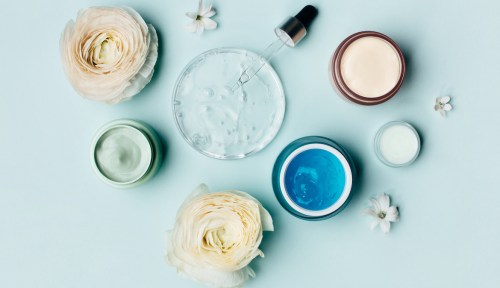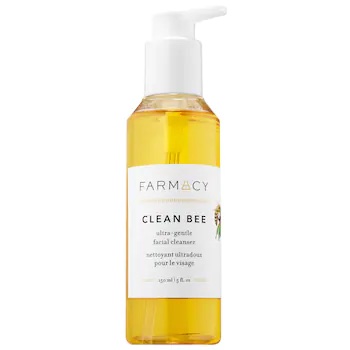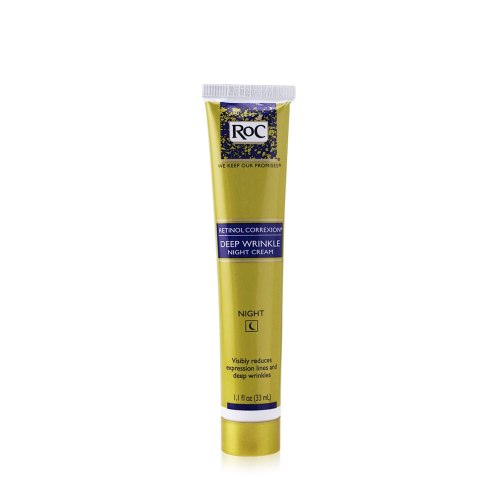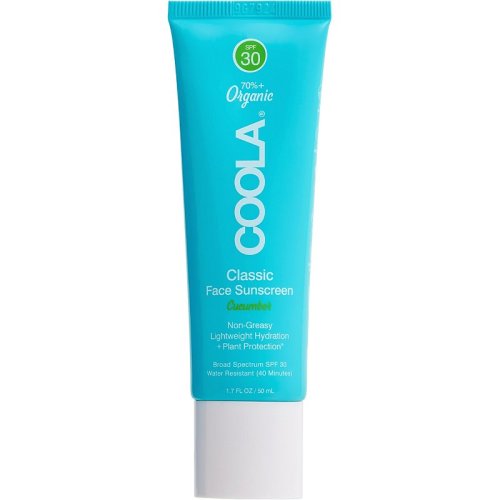Our editors independently select these products. Making a purchase through our links may earn Well+Good a commission
‘I’m a Celebrity Dermatologist, and These Are my Spring Skin-Care Swaps’
Celebrity dermatologist Macrene Alexiades, MD, shares the spring skin-care routine swaps she'll be making from now through Memorial Day.

As Macrene Alexiades, MD, PhD—the board-certified dermatologist behind a number of celebrity complexions, including Sienna Miller’s and Brooke Shields’—puts it: “The transition to warm weather can trigger skin into a state of chaos.” This time of year, shifts in temperatures and humidity levels can make maintaining a healthy complexion harder, which means it’s important to adjust your spring skin-care routine accordingly to help your skin get back in balance as quickly as possible.
Experts in This Article
board-certified celebrity dermatologist and laser specialist
“Heat and humidity can unleash inflammation, oil, and redness, while generous applications of sunscreen can form a dulling residue over time, and tanning causes the skin to thicken, clogged pores, and a backup of sebum,” says Dr. Alexiades. “Finally, sun exposure causes hyperpigmentation, including melasma and brown spots…Skin quality may [also] deteriorate due to pollution and sun damage, which may manifest with dullness, discolorations, and fine lines and wrinkles.” (Okay, so some not-so-great side effects.)
To help manage all of the above, we asked Dr. Alexiades to share exactly how she changes things up for her own spring skin-care routine. Keep reading to steal her tips for yourself.
1. Switch to a gentle cleanser
Spending time outside during the warmer months means you’re exposed to more pollution, which can trigger flare-ups and break-outs. Now’s the time to choose a cleanser that’ll be mild on skin already adjusting to climate and environmental shifts.
Once you’ve made the swap, “resist the urge to cleanse too deeply—obliterating all traces of oil or reaching for super-potent astringents can strip your complexion and leave it in worse condition,” says Dr. Alexiades, who personally uses the High-Performance Cleansing Treatment ($96) from her namesake line to rebalance her skin and reduce excess sebum. But any gentle, pH-balanced face wash should do the trick.

Farmacy Clean Bee Ultra Gentle Facial Cleanser — $28.00
2. Rethink your retinol
Since breakouts can be part of the seasonal-transition process, if you use a retinol, check with your dermatologist to see if the concentration should be upped. Dr. Alexiades likes RoC Retinol Correction Deep Wrinkle Anti-Aging Night Cream, which she says should always be used at night (because it’s photosensitive), and should be paired with a solid moisturizer to reduce irritation.

RoC Retinol Correction Deep Wrinkle Anti-Aging Night Cream — $28.00
3. Speaking of moisturizer….
“When the temperature changes, so does the humidity level, and this causes changing needs for the skin,” says Dr. Alexiades. She explains that during the winter months, when temps and humidity are low, you need a heavy moisturizer to combat the dry skin that comes as a side effect of these conditions. “In contrast, during summer, the temperature is high and so is the humidity in the air, resulting in a need to switch to a less moisturizing regimen,” she adds.
In making this switch, she suggests looking for a non-occlusive moisturizer devoid of petrolatum, mineral oil, and waxes, and choosing water-based formulas instead of oil-based ones. “Become familiar with ingredients that are soothing and work to reduce sebum, such as plant extracts from tea, coffee, and feverfew, and vitamin Bs such as biotin and panthenol,” she says.

Macrene High-Performance Face Cream — $225.00
In her own routine, Dr. Alexiades swaps the ultra-hydrating MACRENE actives High-Performance Extra Rich Cream for the lighter version from her line. “It provides a host of rejuvenating antioxidants, such as resveratrol, and DNA repairing ingredients, such as plankton and algae, which correct the essential damage brought by sun and pollution to restore the skin in real-time,” she says. “In addition, [it has] vitamin C, an effective brightening agent that improves collagen production while providing further antioxidant protection from the sun.”
4. Slather on that SPF
At the first hint of blossoms on trees, most of us adjust our schedules so we can spend more time outside, making SPF a non-negotiable daily ritual. “Daily use of potent anti-aging actives is the most important approach to skin,” says Dr. Alexiades. When it comes to SPF, she considers mineral sunscreens superior to their chemical counterpart. “Mineral SPF works by physically deflecting UVA and UVB rays from getting to the surface of the skin, rather than being absorbed well beneath it.” Her recommendation is Coola Classic Face Sunscreen SPF 30.

Coola Classic Face Sunscreen — $32.00
5. Consider booking in-office treatments
“In terms of in-office treatments, in the summer they should be targeted toward reducing hyperpigmentation and excessive oil—which may include chemical peels and lasers that reduce sebum, like Genesis,” says Dr. Alexiades. “Go for lifting and tightening procedures, such as radiofrequency, and general pigment-blind rejuvenation procedures. It’s ideal to do these in the spring, because you will enjoy the results in time for summer.” Dr. Alexiades personally gets radiofrequency and her M Signature Morpheus PRP as the weather heats up.
Want even more beauty intel from our editors? Follow our Fineprint Instagram account for must-know tips and tric
Sign up for the Well+Good SHOP Newsletter
Get exclusive deals on wellness, beauty, fitness, and food products that have been hand-picked by our editors.
Got it, you've been added to our email list.










